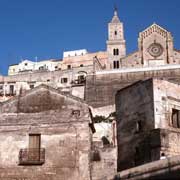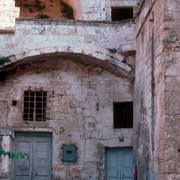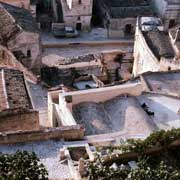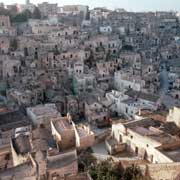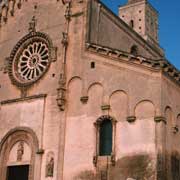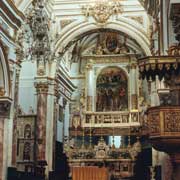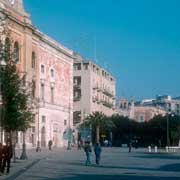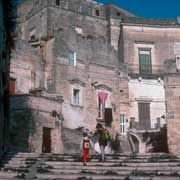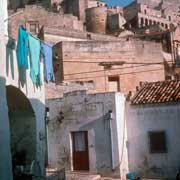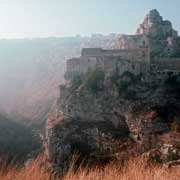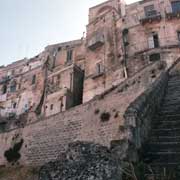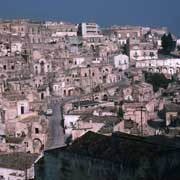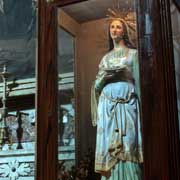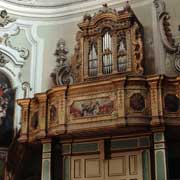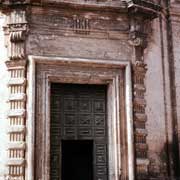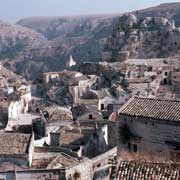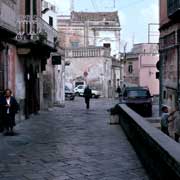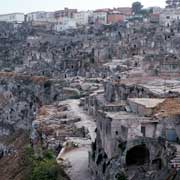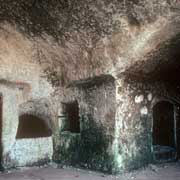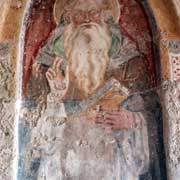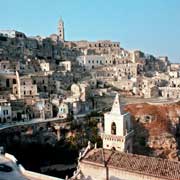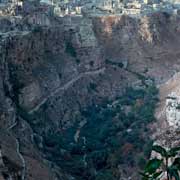Photos of Matera, city of caves in Basilicata, Italy
Matera, city of caves in Basilicata
Basilicata is a small region in Italy’s far south, formerly a desolate and malaria-ridden land where desperately poor peasants scratched a living in the barren soil. The Italian writer Carlo Levi was exiled here in the 1930s for his opposition to the Fascist regime of Benito Mussolini, and he wrote a famous novel here, “Christ stopped in Eboli”, in which he described the suffering of the population, the appalling poverty and malnutrition suffered by the children. Compelling was the description of the conditions in the town of Matera, where 20,000 people lived in caves in terrible conditions.
you may then send it as a postcard if you wish.
Although this is now no longer the case, the region still has a sense of isolation. Its main appeal is in the region’s dramatic landscapes, enduring peasant culture and especially the strange city of Matera. Basilicata is a mountainous region with large areas of a barren wasteland, a result of deforestation over the centuries. Its local capital is Potenza.
The site of the city of Matera has been occupied since neolithic times. From the 9th to the 12th Century, people started living in the caves on the faces of the two ravines and then, between the 13th and 18th Century, the city was transformed when churches, convents, large storied buildings and houses with courtyards were built. But then decay set in. In the 19th and 20th Centuries, due to the abysmal standard of living of peasants and labourers, many people returned to live in the caves.
Today the city is a fascinating mixture, with the original “Sassi”, the stone houses built in two ravines that slice through the city and the newer residential areas built in the late 1950s. The whole region has been declared a World Heritage area by UNESCO. Many primitive stone dwellings are renovated and reoccupied by artists and writers: it is becoming trendy now.



